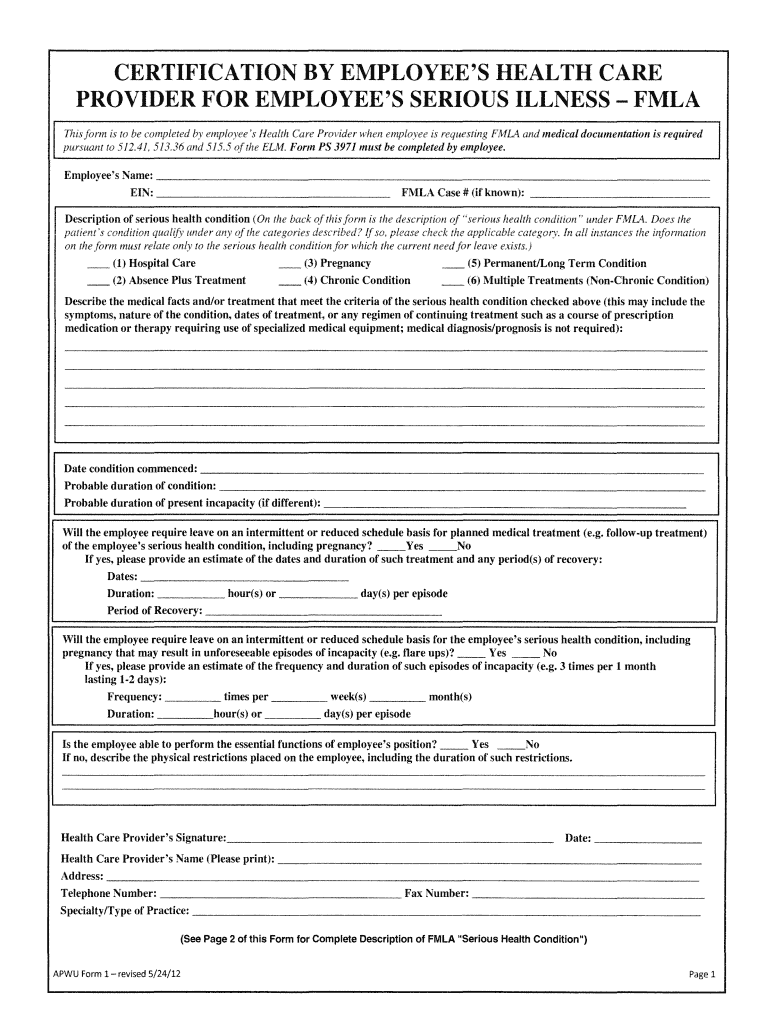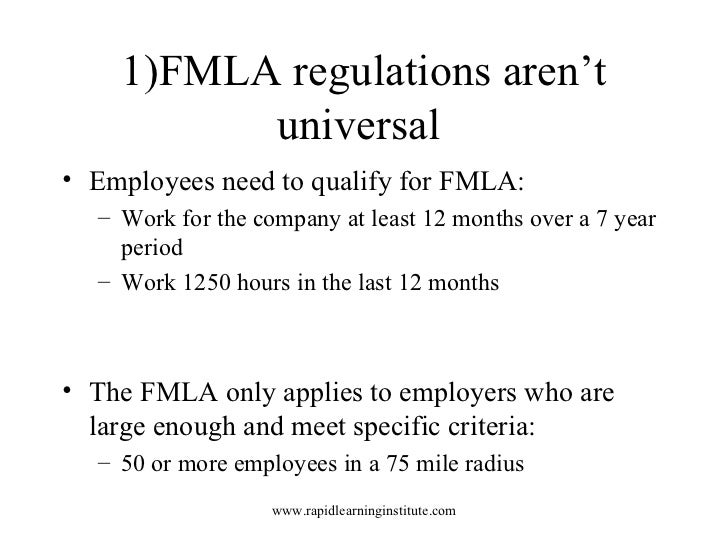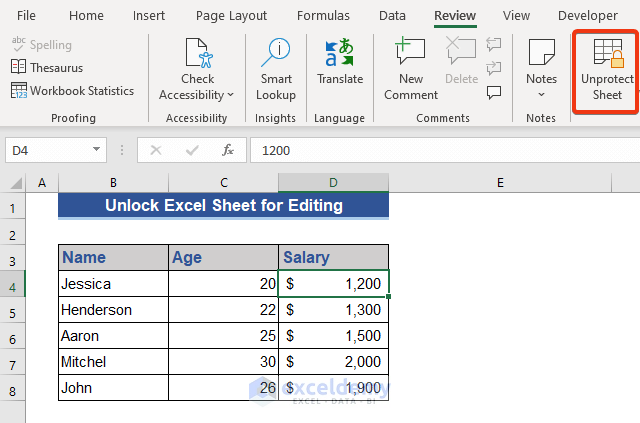5 Key Tips for Backdating FMLA Paperwork Legally

Ensuring compliance with the Family and Medical Leave Act (FMLA) can be a daunting task, especially when it comes to managing documentation. Backdating FMLA paperwork, while often necessary, can tread into sensitive legal territory. In this comprehensive guide, we will explore 5 Key Tips for Backdating FMLA Paperwork Legally. This not only ensures your organization remains compliant but also protects the rights of employees taking leave.
Understanding the FMLA

Before diving into the nuances of backdating, let’s ground ourselves with some fundamentals:
- FMLA Eligibility: Employees must work for an employer with 50+ employees within a 75-mile radius, have worked for at least 12 months, and have worked at least 1,250 hours during the preceding 12 months.
- Qualifying Reasons: Leave can be granted for the birth or care of a newborn, adoption, foster care placement, serious health conditions, or certain military exigencies.
- Leave Duration: Eligible employees can take up to 12 weeks of unpaid leave within a 12-month period.
📝 Note: Knowledge of these basics is essential as they influence documentation and backdating practices.
Tip 1: Know When Backdating is Necessary

Backdating might be required in several scenarios:
- When an employee has already been on leave but the FMLA paperwork has not been completed.
- When there is a delay in obtaining medical certification.
- When an employee becomes eligible during their leave or during the application process.
Tip 2: Use Proper Documentation

Here’s how you should approach backdating with proper documentation:
- Medical Certification: Ensure the medical certification, which outlines the need for leave, is dated correctly. If the employee has been on leave before this certification, the employer might backdate the paperwork to reflect the onset of the medical condition.
- HR Forms: Fill out HR forms like the FMLA Request Form. Include the date leave began and, if necessary, a note stating the effective date should be earlier.
| Document | Correct Backdating? |
|---|---|
| Medical Certification | Yes, to reflect the start of the health condition |
| HR Forms | Yes, if leave has already started |

Tip 3: Ensure Proper Approval

Backdating FMLA paperwork requires approval:
- Employees should communicate their need for leave as soon as possible, even if the paperwork is not immediately available.
- The employer should review and approve the backdated paperwork, understanding that:
- The employee was eligible for FMLA.
- The backdating is necessary due to circumstances beyond the employee’s control.
- The leave duration does not exceed the FMLA provisions.
🔍 Note: Employer’s approval is critical to maintaining compliance and avoiding legal issues.
Tip 4: Keep Accurate Records

Maintaining detailed records is crucial:
- Record the date when the employee requested leave.
- Document any communication regarding the employee’s health condition or family situation.
- Keep all documents related to backdating:
- Original FMLA request forms
- Medical certification
- Employee’s requests for backdating
- Employer’s approvals
Tip 5: Be Transparent with Employees

Communicate clearly with employees:
- Explain the necessity of backdating.
- Ensure they understand their rights and the legal implications.
- Provide copies of all relevant FMLA paperwork, including backdated documents.
- Offer support or resources like employee assistance programs if needed.
This transparency fosters trust and compliance.
To sum up, the process of backdating FMLA paperwork legally requires an intricate understanding of FMLA regulations, proper documentation, employer approval, accurate record-keeping, and transparent communication. By following these key tips, organizations can navigate these complexities while safeguarding the rights of employees to take necessary leave.
Can an employee backdate their FMLA leave request?

+
Employees cannot unilaterally backdate FMLA leave requests. However, if there has been a valid medical reason for the leave, they might request their employer to backdate the paperwork.
What if an employee doesn’t have a medical certification?

+
If an employee cannot provide a medical certification, the employer may still grant FMLA leave in extenuating circumstances, especially if the employee’s condition is verifiable by other means. However, ongoing approval without certification can be risky.
Is it necessary to inform the Department of Labor about backdated FMLA paperwork?

+
While there is no legal requirement to inform the Department of Labor about backdated FMLA paperwork, you should maintain these records for audit purposes or if any dispute arises.
How does backdating affect FMLA leave calculations?

+
Backdating FMLA paperwork does not change the total leave entitlement (12 weeks), but it can affect how the leave is calculated by extending the coverage period back to the actual start of the leave event.
What should an employer do if backdating FMLA leave exceeds the 12-week entitlement?

+
If backdating results in the employee exceeding their 12-week FMLA entitlement, the employer can choose to extend leave as a matter of company policy or place the employee on unpaid leave outside of FMLA protection.



